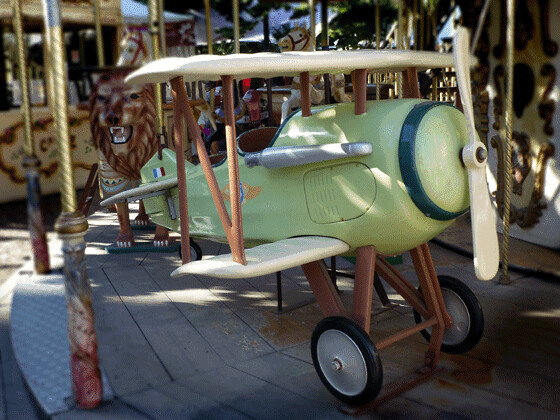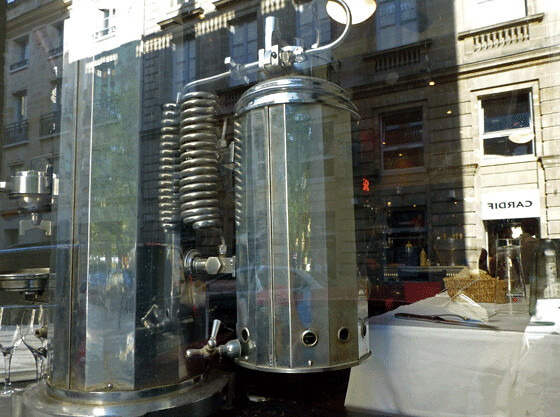My seatmate is tall, handsome, and quite gay. He’s dressed in a pink t-shirt and tells me right away about his partner, who god bless him, is a florist. My companion is delightful, I want to derail his trip — he’s headed to a business retreat in a nearby chateau — and have him tag along with me instead because he’s charming, speaks flawless English with a Dutch/New Zealand accent, and he’s funny. He’d be a perfect dinner date.
He tells me three things about wine. We are talking about wine because he asked what has me heading to Bordeaux, and I tell him. He’d completed a wine workshop the weekend before and he shares with me his three big lessons.
- Do not be fooled by the bottle. It used to be that a heavy bottle indicated quality because the weight of it protected the expensive wines. Glass is reliable storage these days, so there’s no need to compensate by over-packaging.
- That business of wine tasting off or corky is a technical problem with the wine and it’s not always caused by the cork; it can occur with a screw-top bottle too. When the sommelier asks you if the wine is okay, he’s asking you if it’s technically correct, not if you like it. You can dislike a wine and that’s your problem. If it’s gone off, though, that’s his problem and you need a different bottle.
- The longer a wine reveals a complexity of flavors, the more it costs. It’s two euros a second on the low end, the better the wine, the longer it gives you things to discover.
I’ll have to get back to you on all of this after my week of wine indoctrination has passed, but I enjoyed the company and better still, it kept me awake while I battle the lethargy of jet-lag.
I arrived in Bordeaux a day early just to fight the lag time. On the way from the airport, Patrick the taxi driver pointed out the former German submarine base — “It’s ugly but we leave it there as it’s part of our history, plus, it’s impossible to get rid of, it’s tons and tons of reinforced concrete” — an under construction bridge designed to alleviate Bordeaux’s choking traffic, and the park, a plaza with perfectly spaced leafy trees. He showed me where the wine museum is and one that documents Bordeaux’s slave trade history. And he told me how much he’d like to drive Route 66 some day. I’m charmed by his efforts to converse in English and embarrassed when he apologizes for his poor English. “Oh, no,” I say, it’s very good, and so much better than my French.”
At my hotel, I took a short nap and then, walked past a beautiful carousel and restaurants with tables spilling out on the the sidewalks and women in platform shoes riding bicycles and a gypsy sitting on the sidewalk panhandling for change. The architecture is creamy and speaks of empire and buildings have ornate wrought iron balconies and great lofty doorways. I found a hat shop in an enclosed arcade, a woman aggressively vacuumed the red carpet lining the passageway of these expensive shops. I found the supermarket and bought bread with figs in it and Basque style yogurt and fruit and sparkling water. I walked very, very slowly, stopping to take pictures of a lime tree in a white planter box outside a cathedral, of elegant store front windows, of an elaborate espresso machine in the window of a bistro on the corner by my hotel.
It is hot and there are people everywhere and the public spaces are full of tents where you can drink and eat and read chalkboard menus that feature oysters and grilled fish. The sky is very blue and there are statues and fountains and a line of alternating red and yellow scooters parked right across the street from where I’m staying. People are wearing a lazy summer gaze and if I was not already jet-lagged, I would be seduced in to this sleepy epicurean vibe in no time.



Bienvenue indeed! You’ve inspired me to write about the strange phenomenon of carousels in French towns – they all have them.
Great piece, had be chuckling the whole way through.